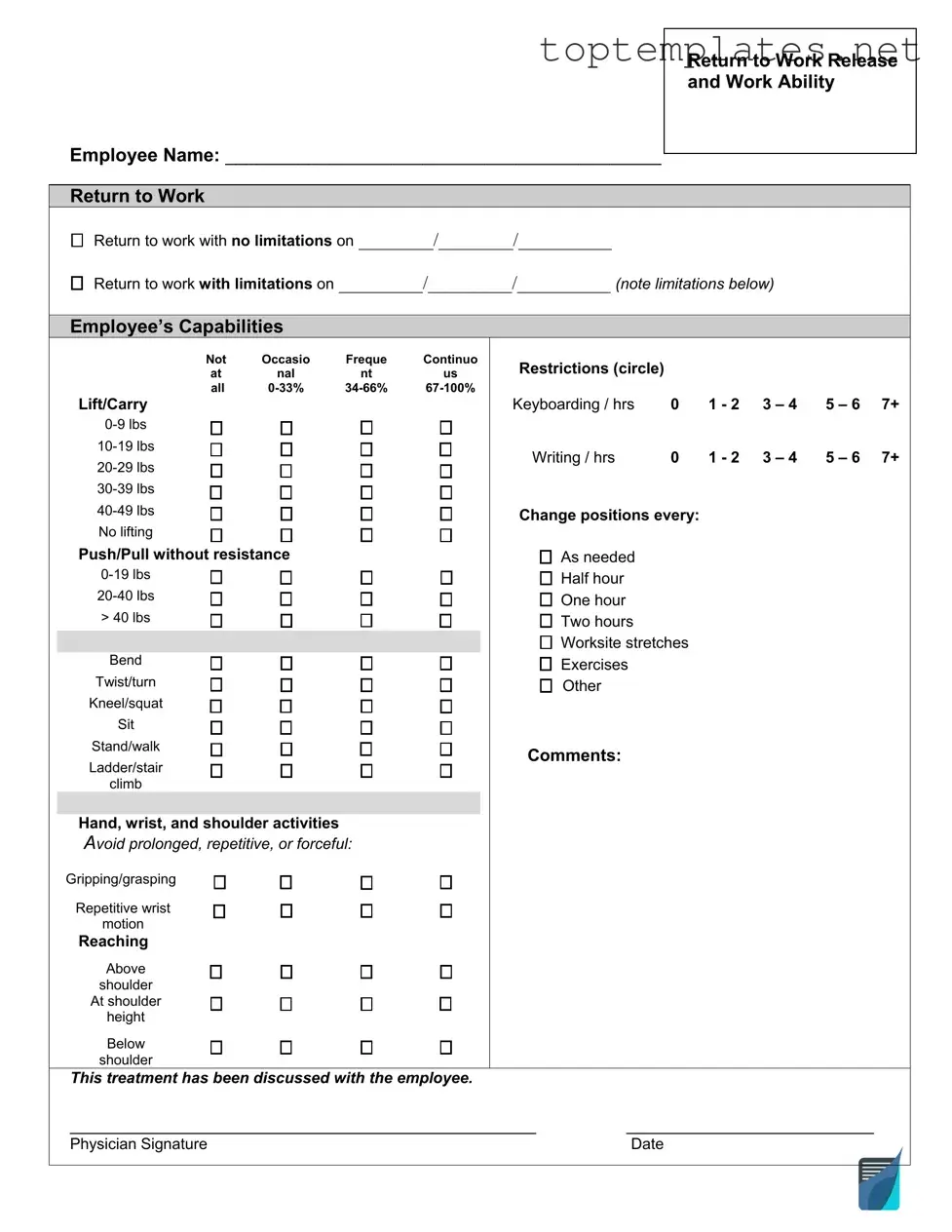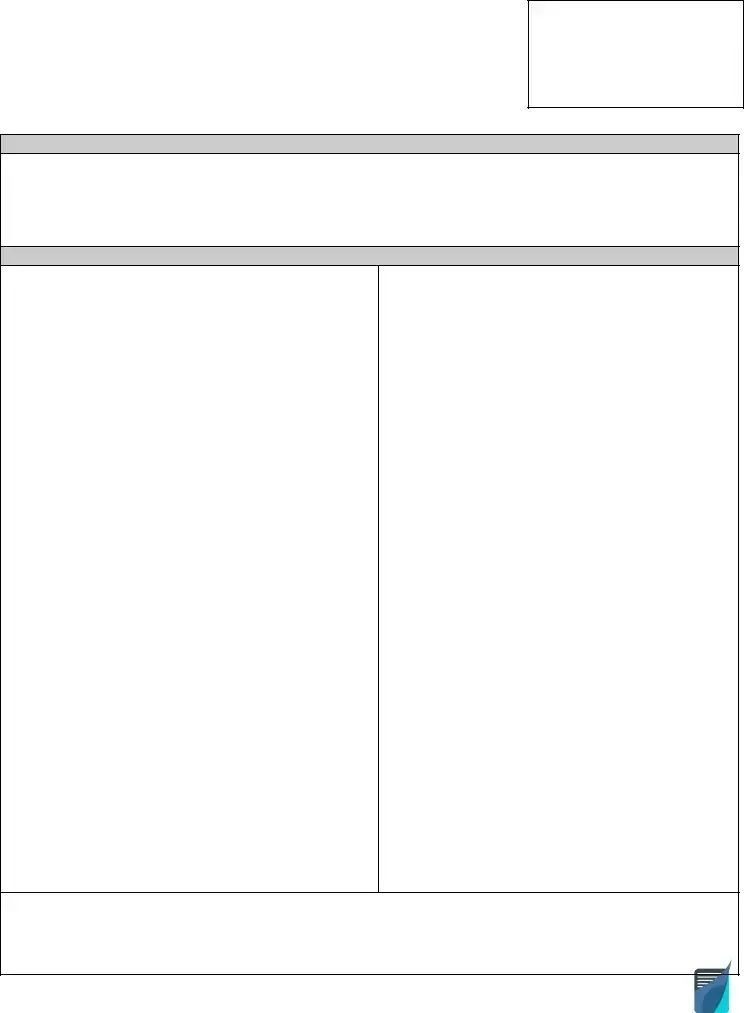What is a Work Release form?
A Work Release form is a document that, typically in the context of incarceration or parole, permits an individual to leave their place of confinement for the purpose of employment. It details the terms and conditions under which the release is granted, including work hours, travel restrictions, and sometimes, the type of employment permissible.
Who needs to sign a Work Release form?
Typically, three parties are involved in the signing of a Work Release form: the inmate or parolee, a representative from the correctional or parole authority, and often, the employer. Each signature is crucial as it represents agreement to the terms set forth in the document.
How do you obtain a Work Release form?
The process for obtaining a Work Release form varies by jurisdiction. Generally, one must initiate the process through the correctional institution or parole office handling their case. The appropriate department will provide the form and instructions for its completion and submission.
What are the requirements to qualify for Work Release?
Eligibility for Work Release programs depends on several factors including the nature of the offense, the inmate's behavior, the length of sentence yet to be served, and local policies. Often, non-violent offenders with a record of good behavior and nearing the end of their sentence have higher chances of approval. Furthermore, the availability of suitable employment plays a significant role.
Can a Work Release form be revoked?
Yes, a Work Release form can be revoked. If an individual fails to comply with the terms outlined in the form, such as not returning to the correctional facility on time, engaging in prohibited activities, or losing their job, authorities have the right to terminate the work release agreement and take appropriate disciplinary actions.
Are there any restrictions on the type of employment one can undertake on Work Release?
Yes, restrictions on employment types exist and vary by jurisdiction. Generally, work that is considered hazardous, involves handling firearms, or is deemed inappropriate due to the nature of the individual's offense is prohibited. The specific restrictions are usually outlined in the Work Release form or in the policies of the administering correctional or parole authority.

